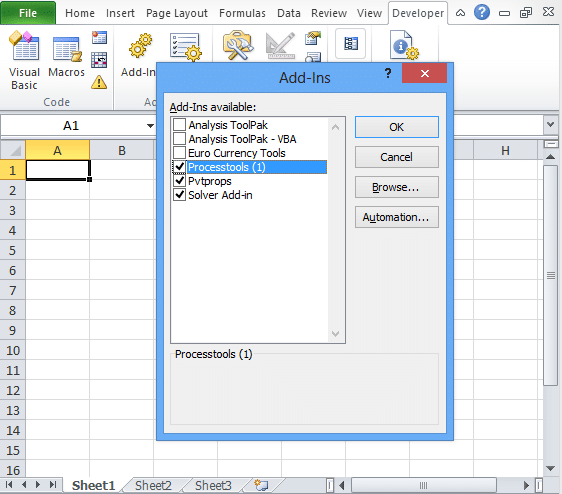



You can't link directly to a JavaScript file. The element's resid attribute is set to a HTML file that includes all the JavaScript files your add-in commands require. The element specifies a file that contains JavaScript code to run when an add-in command uses the ExecuteFunction action. The following example shows the, , and elements. The element specifies the settings for an add-in that runs in Office on the web, Windows, and Mac. To show the same add-in commands in two or more different Office applications, you must duplicate the child elements in each. The element contains child elements that specify the add-in commands to display after your add-in is installed in that Office application. A element specifies a particular Office application. The element contains one or more elements. Step 2: Add Hosts, Host, and DesktopFormFactor elements The following example shows the element and its child elements. Details on the valid attributes and implications are found in Version overrides in the manifest. The element is the root element that contains the definition of your add-in command. The following steps explain how to add add-in commands to an existing add-in. Ensure that you have read Add-in commands to understand command capabilities. Generate these projects by following one of the quick starts, such as Build an Excel task pane add-in. They contain an add-in command (button) to show the task pane. These elements are described in more detail in this article.Īll the task pane add-ins created by yo office have add-in commands. The following diagram shows the hierarchy of elements used to define add-in commands. For instructions on how to create add-in commands with the unified manifest for Microsoft 365, see Create add-in commands with the unified manifest for Microsoft 365.


 0 kommentar(er)
0 kommentar(er)
